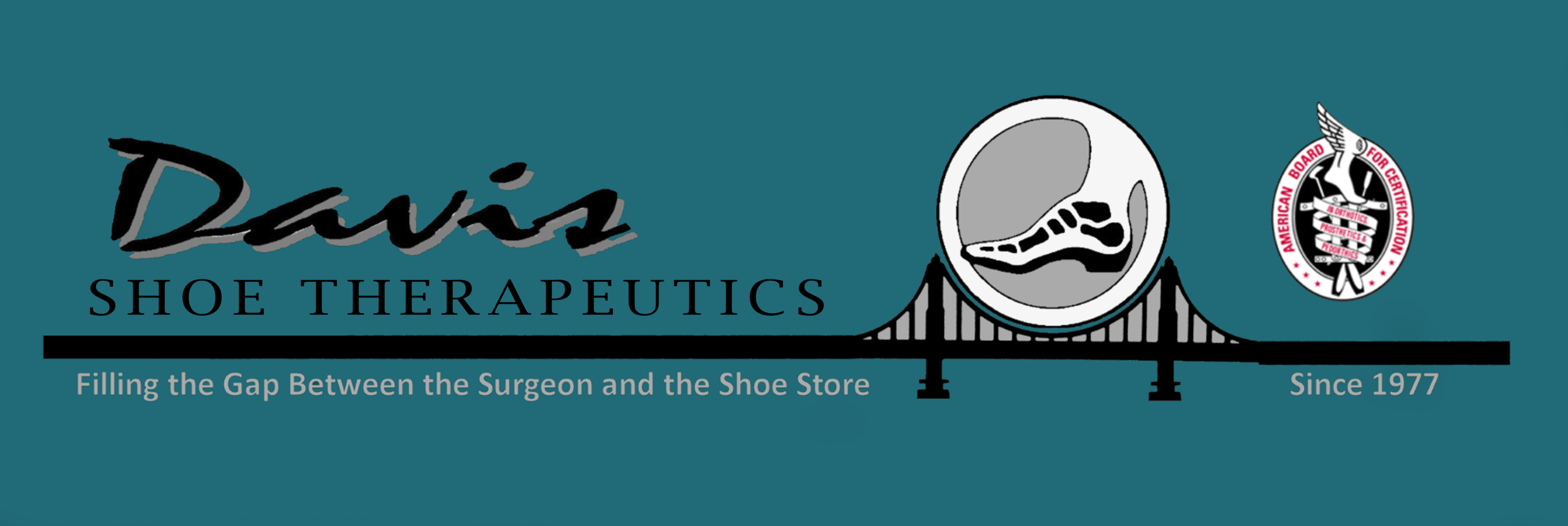Hammertoes and Bunions (Hallux Valgus, HAV)
Hammertoes and Bunions (Hallux Valgus, HAV)
Hammertoes and Bunions (Hallux Valgus, HAV)
Hammertoes and bunions are fairly common foot deformities. They result from an imbalance of the intrinsic muscles of the feet. Just as any muscle in the body will shorten with overuse, small muscles within the foot, when contracting to overcome structural (bones and joints) deficiencies, will literally pull the foot out of shape to while trying to compensate for those deficiencies. Picture the foot elongating as it takes the load from above while muscles and tendons that run from the back of the foot to the front of the foot are hanging on to both ends. Somethings got to give. Muscles attached to the ends of the toes pull the tips backward causing hammer toes. The medial side of the foot, where the arch is, stretches forward the most, causing the muscles attached to the big toe (hallux) to pull it off of the metatarsal bone that is behind it. In most cases, it pulls it towards the second toe (valgus, away from the midline of the body) while the metatarsal bone goes the other way, making its appearance as a bunion. In less common cases, the hallux moves towards the midline of the body (hallux varus), a more profound deformity making store bought shoes nearly impossible to fit into comfortably.
$ Self Help
Over the counter shoes can sometimes work if they are fitted snugly in the back (narrower size than you think), but have elasticized or soft weaved leather uppers, or are made with a very soft kidskin or deerskin. This will allow the upper to form easily over the contours of your bunions and hammertoes. Be careful of shoes that have a hard toe box (the stiffener over the very front of the shoes that help it keep its shape), an area that won’t break in. Dampening the shoes in the front with a 50/50 combination of water and rubbing alcohol in a spray bottle will facilitate the break-in, but remember, once they don’t look new anymore, you can’t take them back.
$$ Pedorthist or Shoe Repair Shop
You can bring your shoes to a pedorthic facility or shoe repair store to have them spot stretched in the sensitive area of the hammer toes and bunions. Make sure they have equipment that will spot stretch areas without making the whole shoe too big, unless that’s what you need. Any good leather upper can be stretched to greatly improve the fit and accommodate bony prominences.
$$$ Pedorthist
If your feet are misshaped to the degree that you can’t find comfort on your own, the next stop would be to go to a pedorthic facility (which you can locate in your area via (www.pedortics.com) that specializes in extra wide and extra deep shoes. The therapeutic brands of shoes that they carry are a bit more expensive than shoes from a shoe store, but this is where you will be fitted by someone who will take the time to do it properly. Of course custom orthotic devices will diminish the progression of the deformities by reducing the forces that initially caused the deformities. Typically, the devices won’t reverse the deformities, just make them less painful. Only surgery can re-straighten the toes and reduce the bunion deformity, but without subsequently fitting custom orthotic devices, the deformities could re-occur.
$$$$ Pedorthist or Custom Shoemaker
If your feet are deformed to the degree that they are no longer shaped like ready-made footwear, then custom footwear would be indicated. Another indication would be that you cannot find an acceptable style in shoes that also fit and are comfortable. Custom shoes can be quite expensive, especially dressy ones, when compared with ready-made shoes, but they can become one of your most precious possessions. Our company developed a less expensive alternative to fully custom shoes called San Francisco Molded Shoes. They are fabricated by a process where ready-made shoes are deconstructed, then reconstructed over custom lasts made from molds of your feet.

